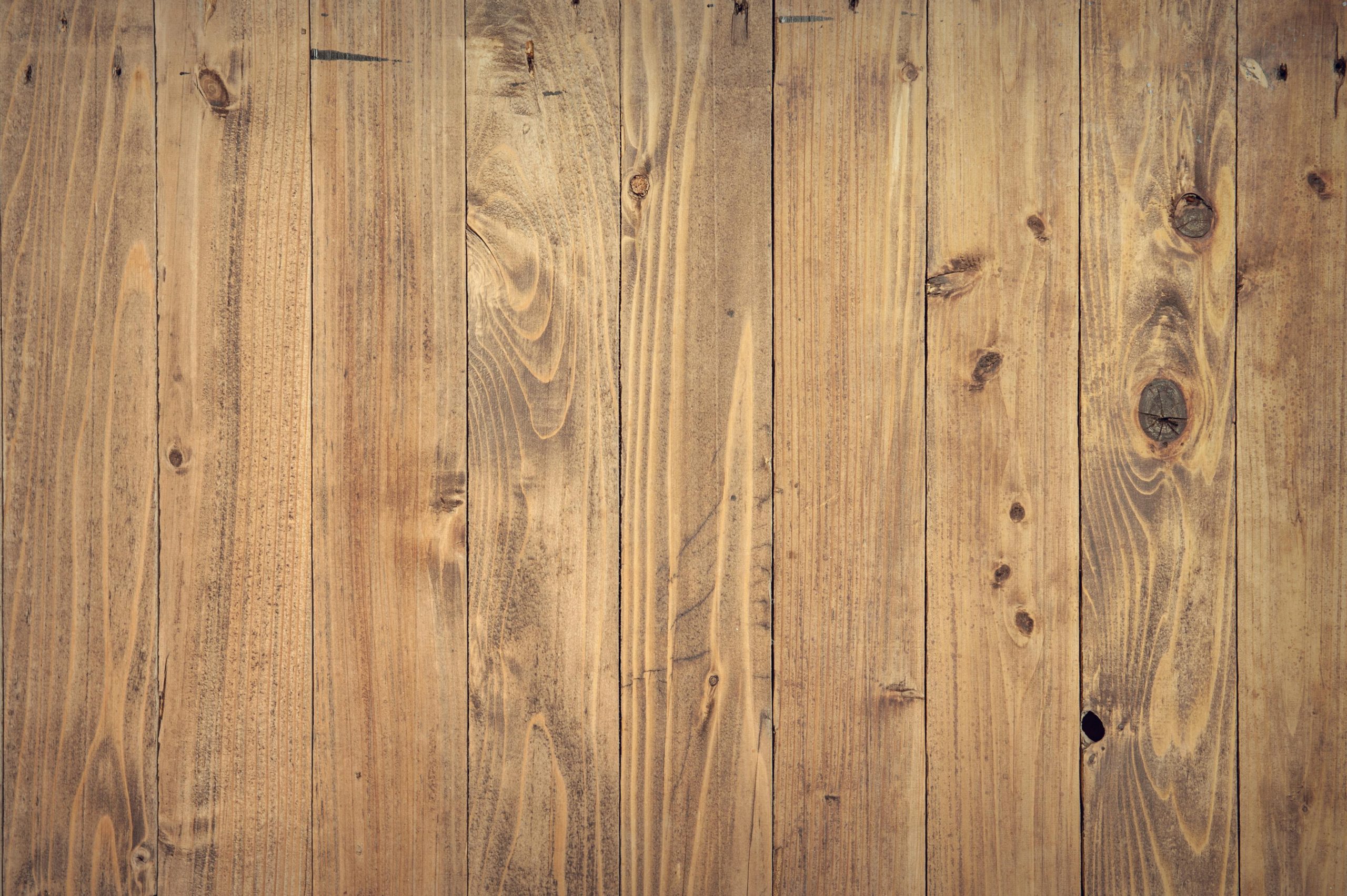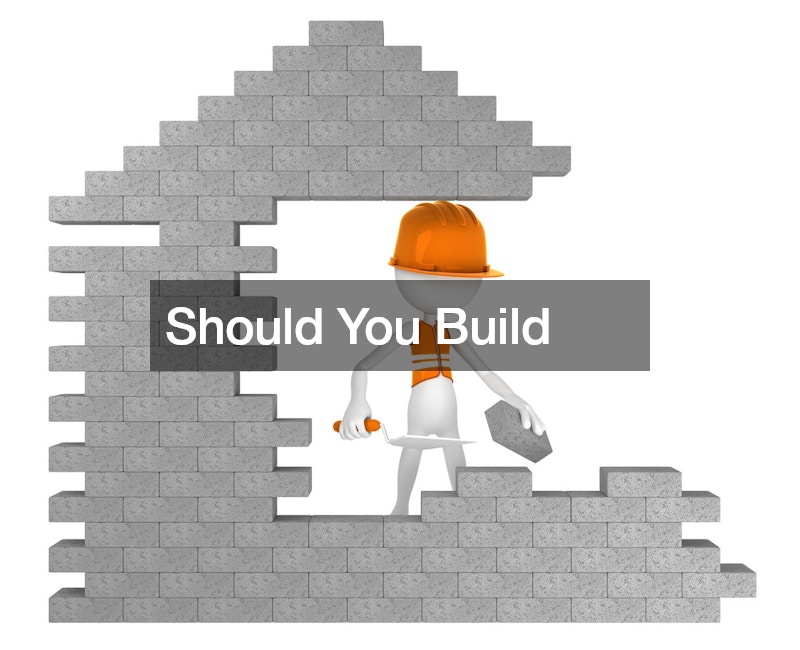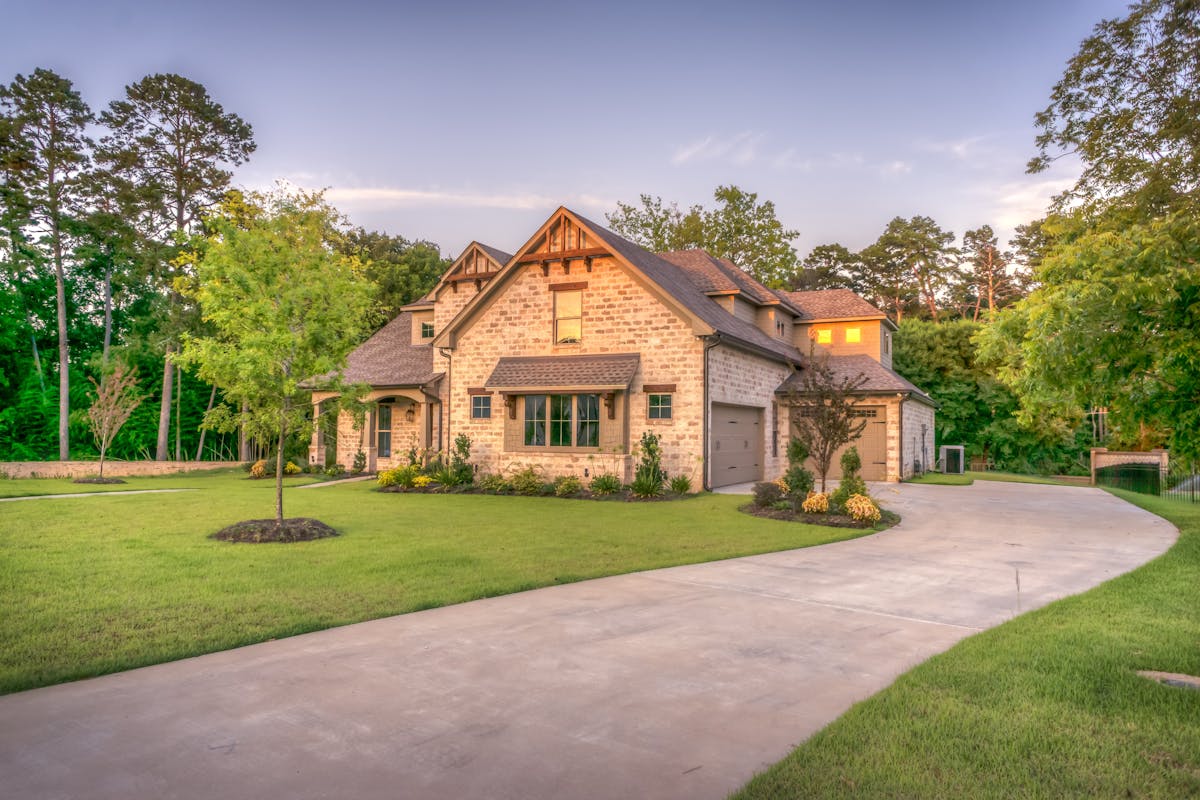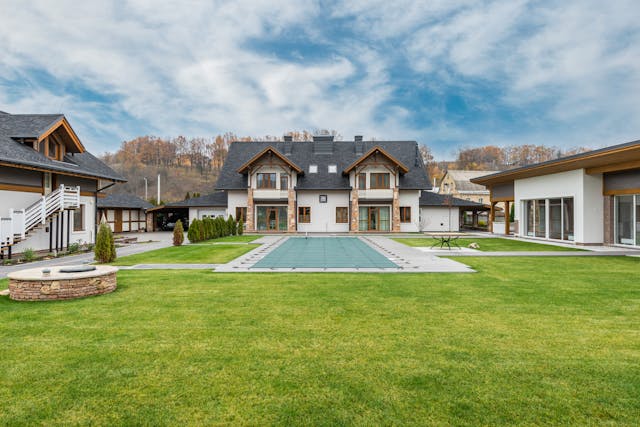
- Wooden structures in homes are vulnerable to pests, moisture, and decay, demanding regular inspections to detect potential issues early.
- Routine maintenance is essential for wooden structures. It involves checking for pest activity, moisture damage, mold growth, and physical wear and tear.
- Professional interventions, such as pest control and structural repairs, are crucial when specialized skills and tools are necessary for wood care.
- Technological advancements in wood preservation include eco-friendly treatments and coatings, providing extra protection against pests, decay, moisture, and UV damage.
Wooden structures, with their natural beauty, warmth, and timeless appeal, play a central role in many homes. From the sturdy beams that hold our roofs over our heads to the aesthetic paneling that adorns our walls, the presence of wood within our living spaces is undeniable and invaluable. However, beneath the surface of these beloved features lies a hidden world of potential threats that homeowners, DIY enthusiasts, and environmentalists must vigilantly guard against.
The Risks to Wooden Structures
While wood offers aesthetic and structural benefits to our homes, it also presents several vulnerabilities that can compromise its integrity and longevity. These risks range from biological to environmental factors, each with the potential to cause significant damage if not addressed promptly. Understanding these dangers is the first step towards effective prevention and maintenance, ensuring that wooden structures remain safe, beautiful, and durable for years.
Moisture and Rot
One of the most insidious dangers to wooden structures is excessive moisture, which can lead to wood rot. If left untreated, this condition not only weakens the structural integrity of the wood but can also cause further damage from pests and mold. Recognizing the signs of moisture damage early—such as discoloration, warping, or a musty smell—is key to implementing effective preventive measures. These can include ensuring good ventilation, maintaining proper drainage around your home, and applying sealants to protect wood surfaces.
Termites and Other Wood-Destroying Pests

Termites, carpenter ants, and powder post beetles are among the various pests that can turn your cherished wooden structures into their next meal. These creatures often work silently and unseen, leaving behind a trail of destruction that can go unnoticed until it’s too late. Regular professional inspections are essential for spotting infestations early and implementing termite control strategies to safeguard your home.
Mold and Mildew
The conditions that foster the growth of mold and mildew—namely, warmth, dampness, and poor ventilation—are often found in areas where wood is present. Beyond their unsightly appearance, mold and mildew pose significant health risks, particularly for those with respiratory conditions. Combatting their growth involves:
- Controlling humidity levels in your home.
- Ensuring adequate air circulation.
- Cleaning affected areas with appropriate solutions.
Sunlight and Weathering
The relentless assault of UV rays and extreme weather conditions can also erode the strength and appearance of wooden structures. Prolonged exposure to sunlight can bleach and weaken wood, while rain, snow, and hail can cause it to swell, contract, and eventually crack. Protective measures such as applying UV-resistant varnishes and strategically placing architectural elements can minimize these elemental impacts.
Physical Damage and Neglect
Accidental impacts and a general lack of maintenance can lead to the gradual degradation of wood. Scratches, dents, and unattended minor damages can become more significant issues. Adopting a routine of regular care, including cleaning, sanding, and resealing surfaces, can go a long way in preserving the life and beauty of wooden structures.
Prevention and Mitigation Strategies
Understanding the potential threats is paramount to safeguard the integrity and aesthetic appeal of wooden structures within our homes. Each challenge requires specific strategies to prevent and mitigate damage, from the silent invasion of termites to the visible decay caused by mold.
Likewise, the natural forces of sunlight and weather and the inevitable wear and tear of daily life contribute to the complexity of wood preservation. This section of the document outlines the proactive steps homeowners can take to protect their wooden investments, emphasizing prevention and timely intervention as the keys to ensuring longevity and maintaining the inherent beauty of wood.
Regular Inspections and Maintenance
Establishing and adhering to a routine inspection and maintenance schedule is crucial for the early detection and mitigation of potential threats to wooden structures. This process should include looking for signs of pest activity, moisture damage, mold growth, and physical wear and tear.
Professional Interventions

There comes a point when professionals’ skills and tools are necessary. Whether for pest control, structural repairs, or preventative treatments, calling in the experts can provide peace of mind and ensure that your wooden structures receive the best care possible.
Technological Solutions for Wood Preservation
Advancements in wood preservation technologies offer promising avenues for protecting wooden structures. From eco-friendly chemical treatments that resist pests and decay to innovative coatings that shield wood from moisture and UV damage, staying informed about these developments can offer additional layers of protection.
Conclusion
The beauty and functionality of wooden structures within our homes demand a vigilant approach to their care. By understanding the hidden dangers they face and implementing preventive strategies and proactive maintenance, we can ensure that our wooden structures remain safe and appealing for years. Taking these steps protects our investment and preserves the charm and integrity of our homes, making every effort worthwhile.





